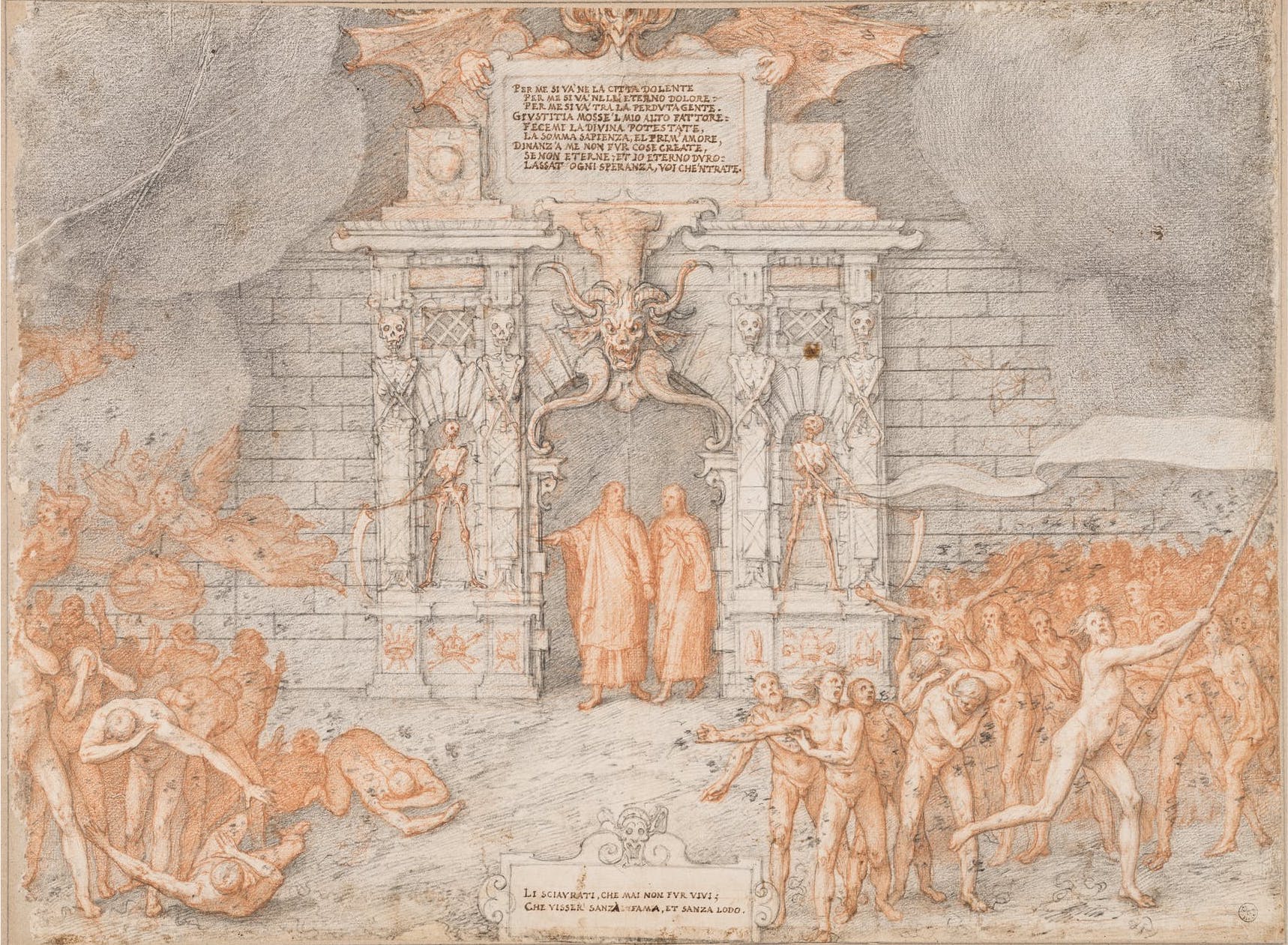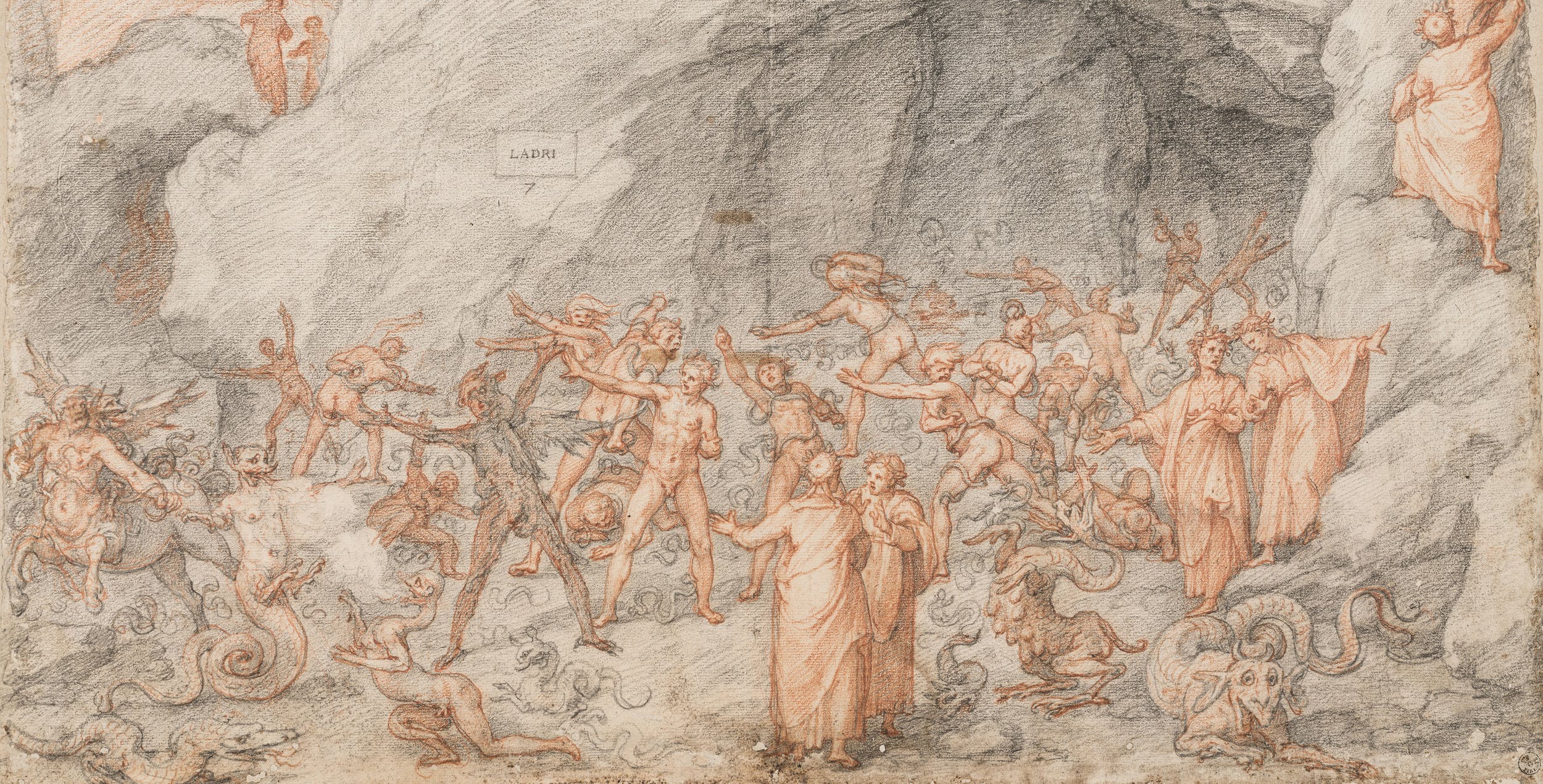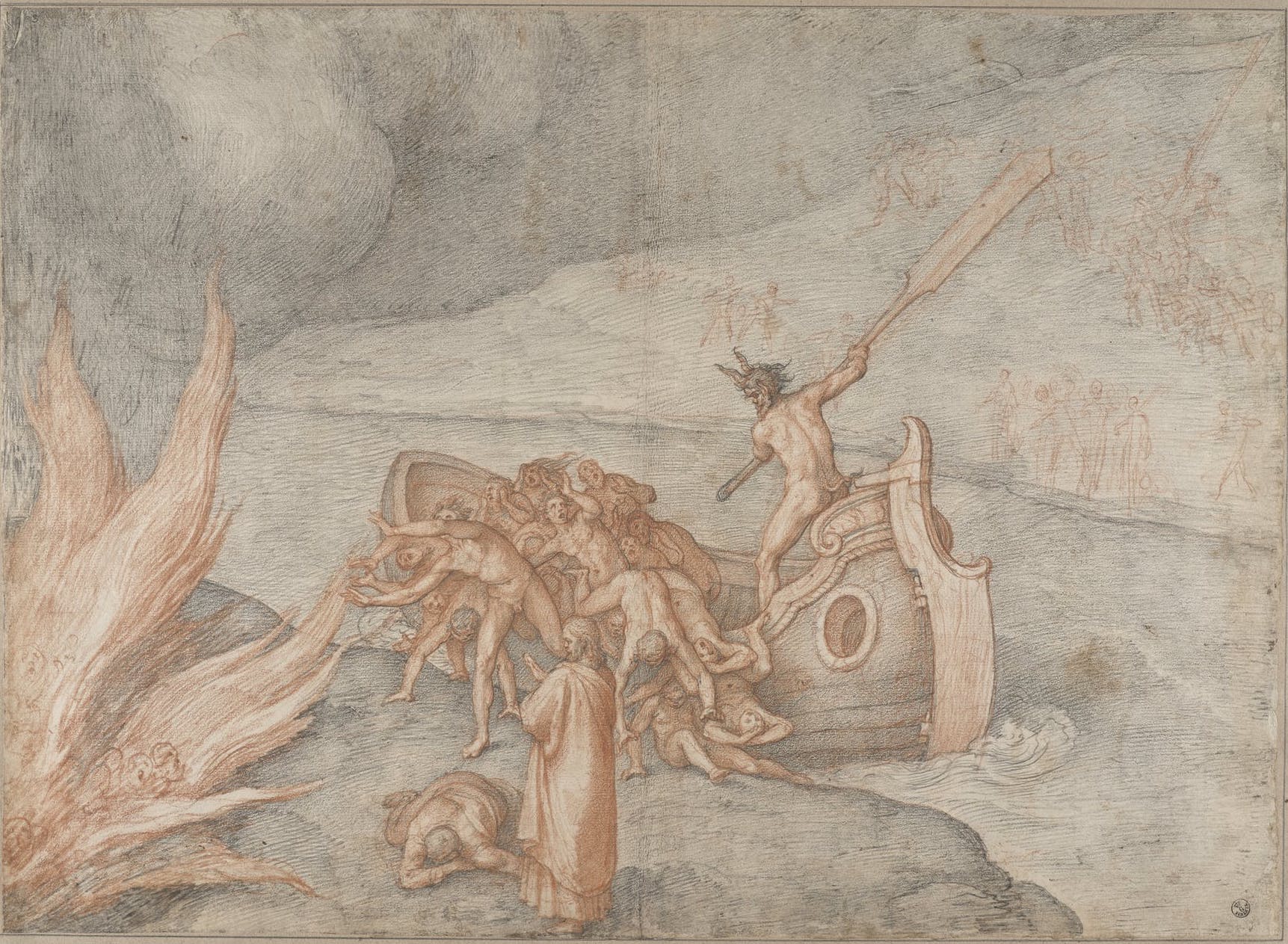Savile Row is unfashionable. This, of course, is its great strength: not for nothing does that London street stand as the last word in timeless tailoring. Since at least the early 19th century, men have gone to Savile Row not just to commission handmade suits from their favorite shops, but to participate in as many fittings as necessary throughout the process of bringing those suits ever closer to perfection. The result, over decades and indeed generations of regular patronage, is the cultivation of not fashion but style. Even so, Savile Row figures in the Museum of Modern Art’s online course Fashion as Design, whose videos on the making of a bespoke three-piece suit you can see here.
It all happens at Anderson & Sheppard, a fixture on the Row since 1906. In the first video, “behind a drawn curtain, a master cutter” — whose job includes not just cutting the cloth but interacting with the client — “takes an initial series of 27 measurements: 20 for the jacket, 7 for the trousers. From these measurements, the cutter fashions a pattern in heavy brown paper.”
We then see the cloth cut to this pattern, “and the many pieces of fabric are rolled for each garment into tiny packages, which await the tailors.” The second, which begins in the back of the house, shows how these tailors “receive their bundles of fabric and set about deciphering the cutter’s notes. Three weeks after a client’s measurements have been taken, his suit will be ready for a first fitting.”
Emphasis on “first”: though the young man being fitted here only appears for one session, some bespoke suits can require two, three, or more, worn each time as a wearable rough draft held together with bright white thread and marked up for later correction. This reflects not the tailor’s inability to get it right the first time, but the rigorous desire of the Savile Row habitué for an ideal fit. (Anderson & Sheppard’s list of former clients include such notoriously perfectionist dressers as Fred Astaire, Bryan Ferry, and Prince Charles.) Watching this process from start finish underscores the truth of those famous words, “The difference between style and fashion is quality” — famous words spoken by no less a detractor of Savile Row than Giorgio Armani, but true ones nonetheless.
Related Content:
Recalling Albert Camus’ Fashion Advice, Noam Chomsky Pans Glenn Greenwald’s Shiny Purple Tie
Fashion Designers in 1939 Predict How People Would Dress in the Year 2000
Browse a Collection of Over 83,500 Vintage Sewing Patterns
How Ladies & Gentlemen Got Dressed in the 18th Century: It Was a Pretty Involved Process
Based in Seoul, Colin Marshall writes and broadcasts on cities, language, and culture. His projects include the Substack newsletterBooks on Cities, the book The Stateless City: a Walk through 21st-Century Los Angeles and the video series The City in Cinema. Follow him on Twitter at @colinmarshall, on Facebook, or on Instagram.









